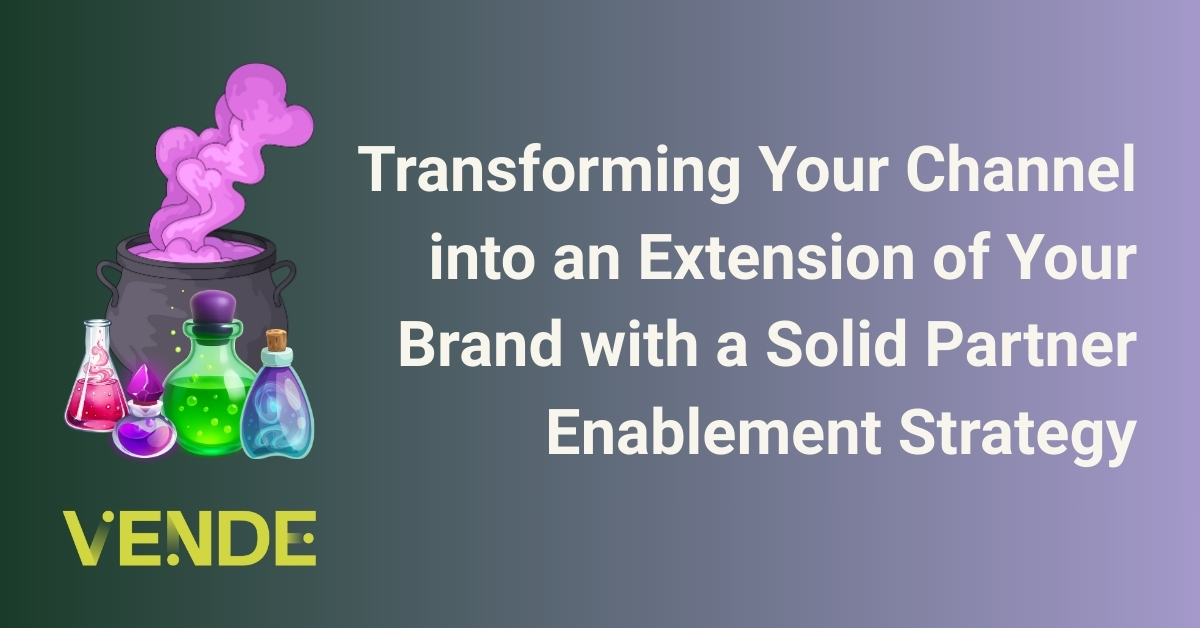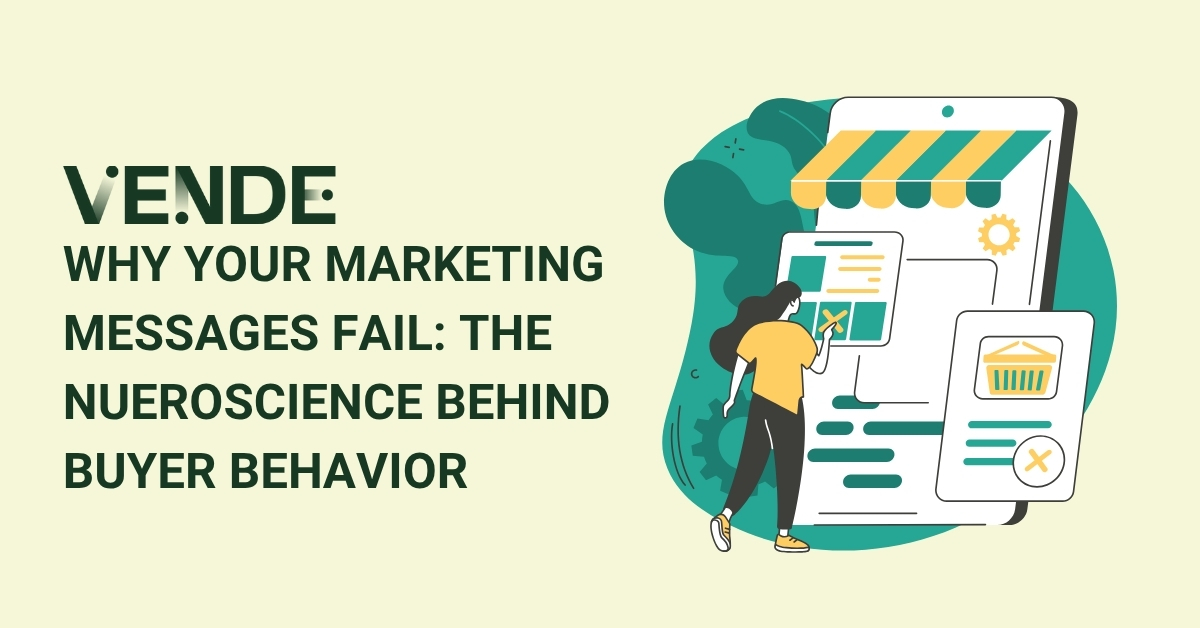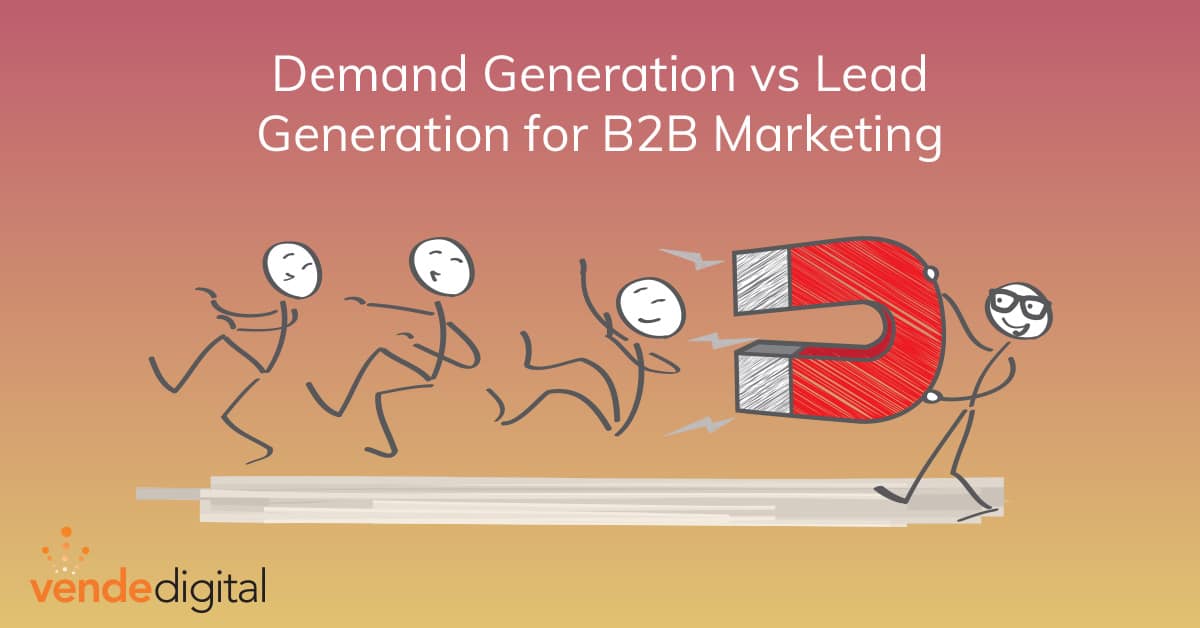
Demand Generation vs Lead Generation for B2B Marketing
What is the difference between demand generation and lead generation?
Demand generation and lead generation are both vital in creating a long-term digital marketing strategy. They essentially feed off each other. You can’t generate leads if you don’t have demand for your product or service. Once you generate the demand, you can turn that interest into leads and contacts for your sales team to take action with.
Demand generation (demand gen) takes your potential audience on the buyer’s journey. It creates awareness of your product or service by introducing them to your website, social profiles, and content. It gets them comfortable with who you are and what you have to offer. Demand gen allows the buyer to interact with you without you even knowing about it. According to Gartner, buyers are 80% through the buying journey before they reach out to sales. Demand generation marketing enables you to engage buyers during the phase, also known as the dark funnel.
A key ingredient to demand gen is leveraging education as marketing and to "teach" the buyer into the funnel vs. trying to "sell" them into your funnel. One of the goals is to help the prospect understand that there is a better way to achieve their goals and objectives. You want them to have the "ah-ha" moment and think to themselves 'I'm doing it wrong and need to make a change.' This is where your blog posts and social content come in. You need to create content that challenges the status quo and conventional wisdom. You must introduce the thought that the pain of same is greater than the pain of change and add a little FOMO to spice it up.
The content you create must be distributed and promoted. Don't go through all the trouble of creating remarkable thought provoking content without a plan to promote it to your Ideal Customer Profile (ICP). Social advertising is the best way to guarantee that your target audience sees your demand gen content.
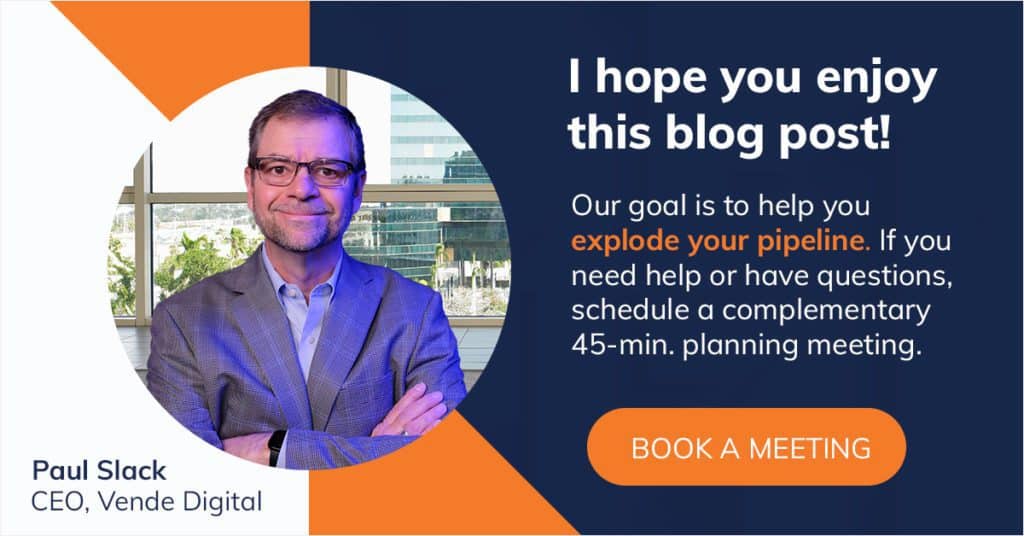
Lead Generation (lead gen) converts that interest into action and activity. In other words, lead-gen is a process that takes your target audience through the funnel on the buyer journey.
Lead generation campaigns usually kick off with some kind of lead magnet such as:
- Events & Webinars
- E-Books or Guide-books
- Complimentary consultation or evaluation
- Checklist
- How-to's or Step by Step instructions
An email address is exchanged for the lead magnet and the potential buyer has now opted into your ecosystem. To make this work you must offer an outrageous exchange of value. You want the person who just opted in to think that they got the better end of the deal. Your content needs to be that good! This is where you get to feed them through your funnel and hand them over to your sales team to convert them into paying customers. We recommend coming up with at least one new lead magnet per quarter. Keep them on your website in a resource center like the one on our website.
With all the privacy changes happening with the iOS 14.5 update and the deprecation of cookies, it will be important to have a consistent lead gen strategy to grow your 1st party permission email marketing list and lead magnets are a great way to do this.
Demand Generation Content is considered Top of Funnel Marketing (TOFU). This occurs when potential customers are beginning to research a solution to their problem. According to research, 90% of buyers have not made a decision on where to purchase their product/service when they begin their buyer’s journey.
Creating a robust marketing plan that encompasses all levels of the marketing funnel should be outlined and discussed prior to creating Demand Gen or Lead Gen campaigns.
Once you have mapped out your campaign, you will want to pre-purpose your content. Thinking ahead of how you will use your content and what platforms it will sit on. If you are creating blogs or videos that are tagged for demand gen, you want to make sure they are free to download and share without asking for any contact information. You can add a CTA to demand gen content but it should say something like: click here to learn more.
Lead gen content will have a gated asset that can only be accessed by filling out a form. The potential buyer is saying, “I will give you my contact information in exchange for some valuable content.”
Once in your ecosystem, you can start to nurture these leads via marketing automation.
Tying Demand Gen and Lead Gen Together
Use the following matrix to help you plan the best channels and content for your demand gen and lead gencampaigns.
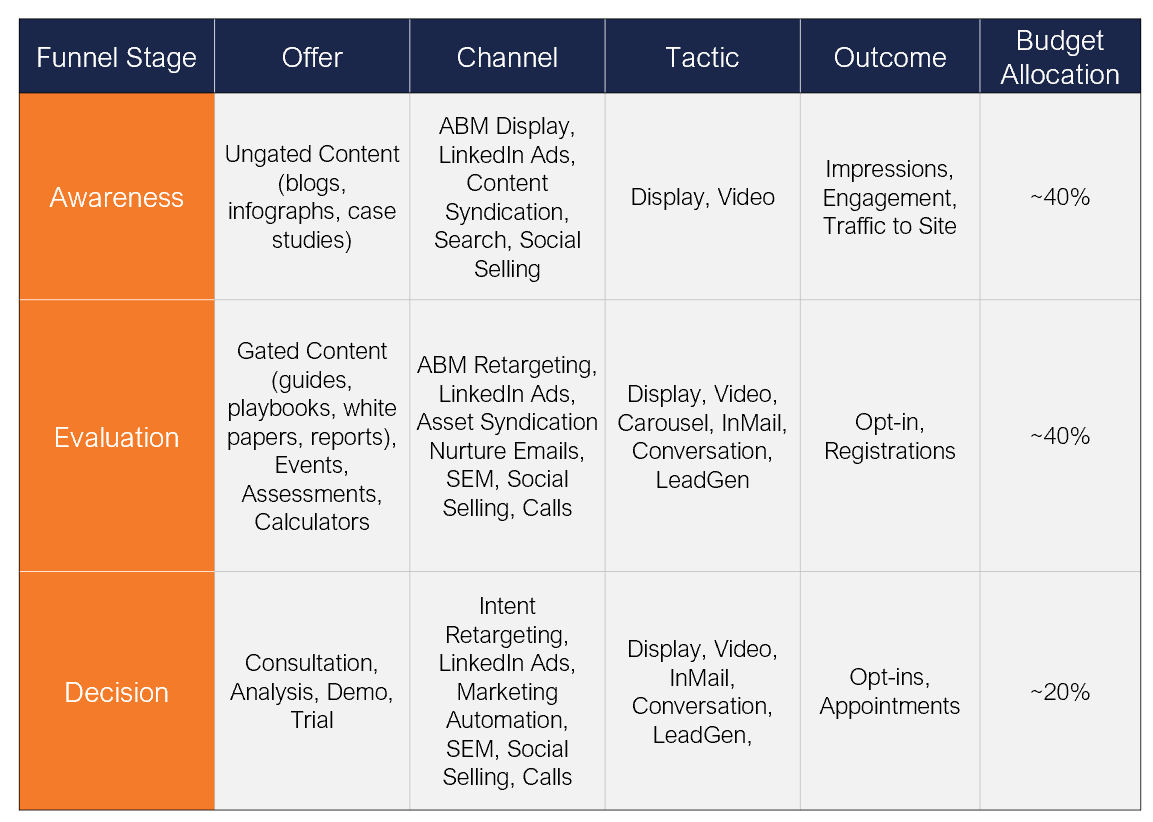
Ideas to Create Demand Generation Content
Creating content that your audience is already searching for is vital for SEO purposes. You can start by typing keywords into Google. For example, when you type in "crm software" you'll find two areas that offer great inspiration for content; the "answer box" and the related searches section. and scroll to the bottom of the page, I see the related keywords displayed. You can learn more about improving your SEO here.
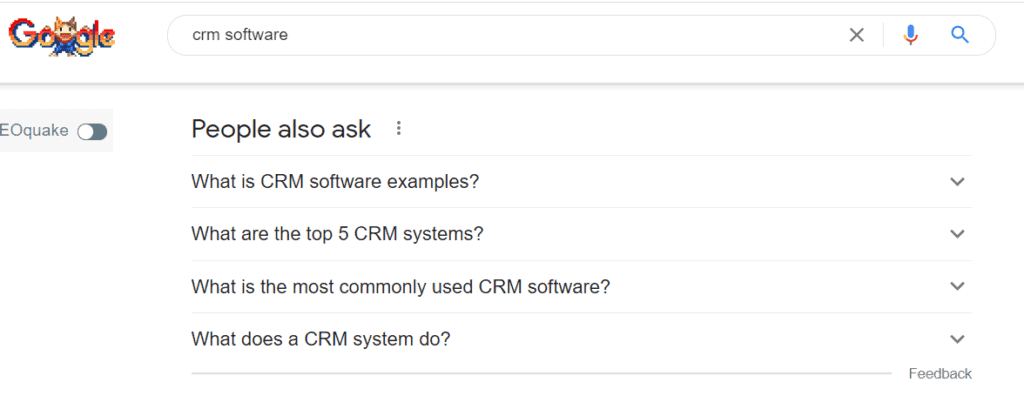
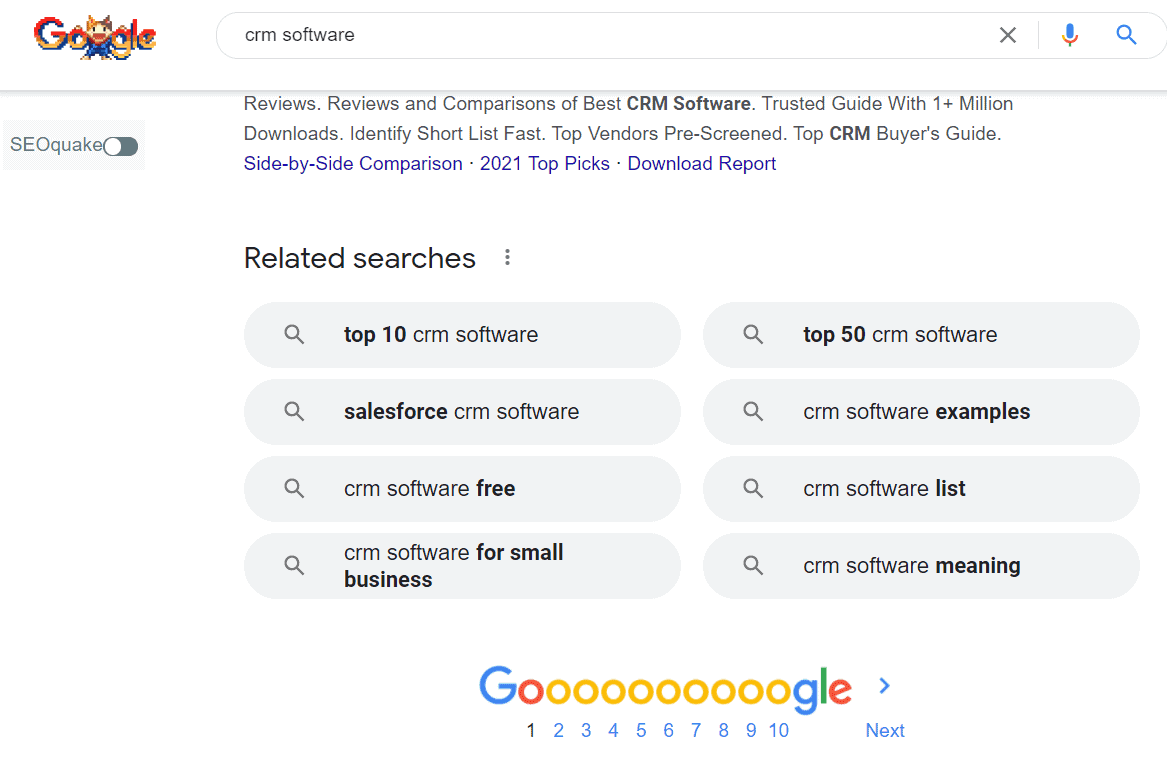

Demand Gen content would include:
- Blogs - native or guest posts
- Podcasts - host or guest host
- Boosting blogs on social media to your target audience
- Creating polls on social media
- Organic social content
When creating and posting content, you want to think through the purpose of the content. Is it to boost brand awareness and interest in your product or service or is it to generate leads, collect contact information, and convert those potential leads into sales.
Key Takeaways
- You must create demand and provide a funnel to generate more leads for your business.
- Be prepared to challenge the status que in your demand gen content.
- Lead magnets will help you grow your opt in list with prospects who have given you permission to market to them.
- Keyword research is vital in knowing what type of content to create.
- Pre-planning is essential in knowing what your ultimate goal is.
How Can We Help
Do you need help developing a Demand Generation or Lead Generation Campaign for your business? We offer marketing automation, training, and execution support for companies wanting to take their digital marketing to the next level. If you are interested in learning more, sign up for a complimentary initial consultation/discovery meeting. Schedule yours today, and let’s see if we can help.
